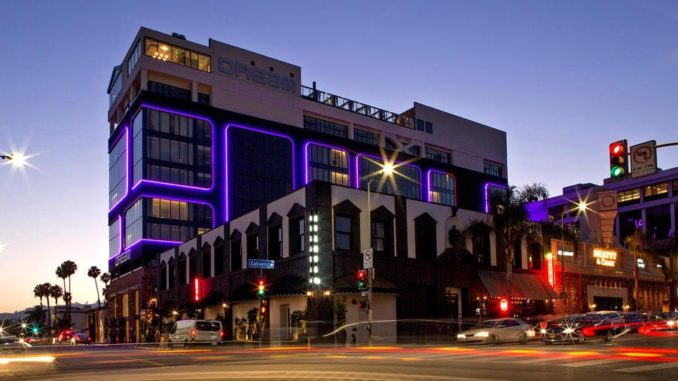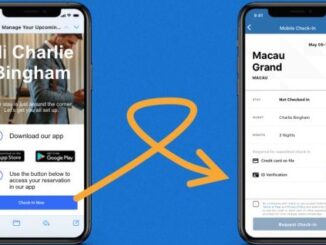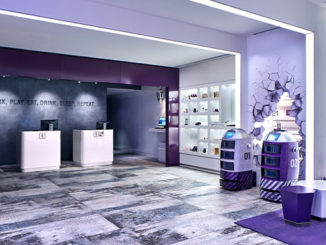
5.23.2019
Connecting with and effectively marketing to guests are big pain points in the hospitality industry. In an age where guests are inundated with content and have endless accommodation choices available at their fingertips, it can be challenging for hoteliers to reach their guests and maintain their attention.
Technology, though a key contributor to the abundance of content and choices available to today’s guest, can also help hotel marketers reach their target audience by providing them with the tools to deliver the right message to the right guests, at just the right time.
One hotel that is taking advantage of the marketing tools that technology has made available is Dream Hollywood, located in the heart of Hollywood, California. A “modern oasis inspired by the innovation and glamour of the Hollywood Hills,” Dream Hollywood has reimagined its guest marketing by crafting a digital-first mobile and in-room experience to increase guest engagement, drive demand to restaurant partners, and generate interest in in-room dining offerings.
The guest rooms at Dream Hollywood are free from any kind of printed collateral or marketing materials. Rather than relying on an old-fashioned printed compendium, the property installed in-room tablets as a way to create the seamless digital connection modern travelers look for and provide a channel that increases guest engagement and requests.
On average, hotels spend $150.00 per room per print on in-room collateral and printed compendiums. By using a digital compendium and replacing printed collateral with digital offerings, Dream Hollywood can save over $100,000.00 per year on printing costs.
Using their customized mobile app and in-room tablets, Dream Hollywood’s marketing team is able to reach their target audience when and where they’re most captive and maintain their attention by serving up the right offers. By engaging their guests when they’re paying the most attention, Dream Hollywood’s marketing team is driving traffic to their food and beverage and in-room dining programs, which ultimately positively impacts the hotel’s bottom line.
In the last 30 days, 80 percent of Dream Hollywood’s guest engagement has come through guest interaction with the food and beverage options available on the in-room tablet. At least 50 percent of that engagement comes from guests interacting with the hotel’s in-room dining options and 30 percent comes from guests engaging with the property’s other food and beverage offerings.
“Placing the right offer in front of the right guest at the perfect moment is extremely important to our marketing team,” said Daniella Gallego, Dream Hollywood Director of Marketing. “The INTELITY platform gives us the ability to target our promotions based on guest preferences, rate codes, and more. It also allows us to promote special offers at multiple restaurants connected with our property to encourage guests to make reservations.”
By providing its guests with access to digital menus, detailed information about each restaurant, and the ability to make reservations through the mobile app or in-room tablets, Dream Hollywood has not only dramatically reduced guest-to-staff call volume, but also found a way to engage with their guests through the digital channels today’s travelers are most comfortable using.
Contact the INTELITY team to learn more about how INTELITY’s in-room tablets empowered Dream Hollywood’s marketing team and helped drive demand for the property’s in-room dining and food and beverage programs.
Does your company have a success story it would like to share with our readers? If so, we invite you to review our editorial guidelines and submit your case study for publishing consideration.



